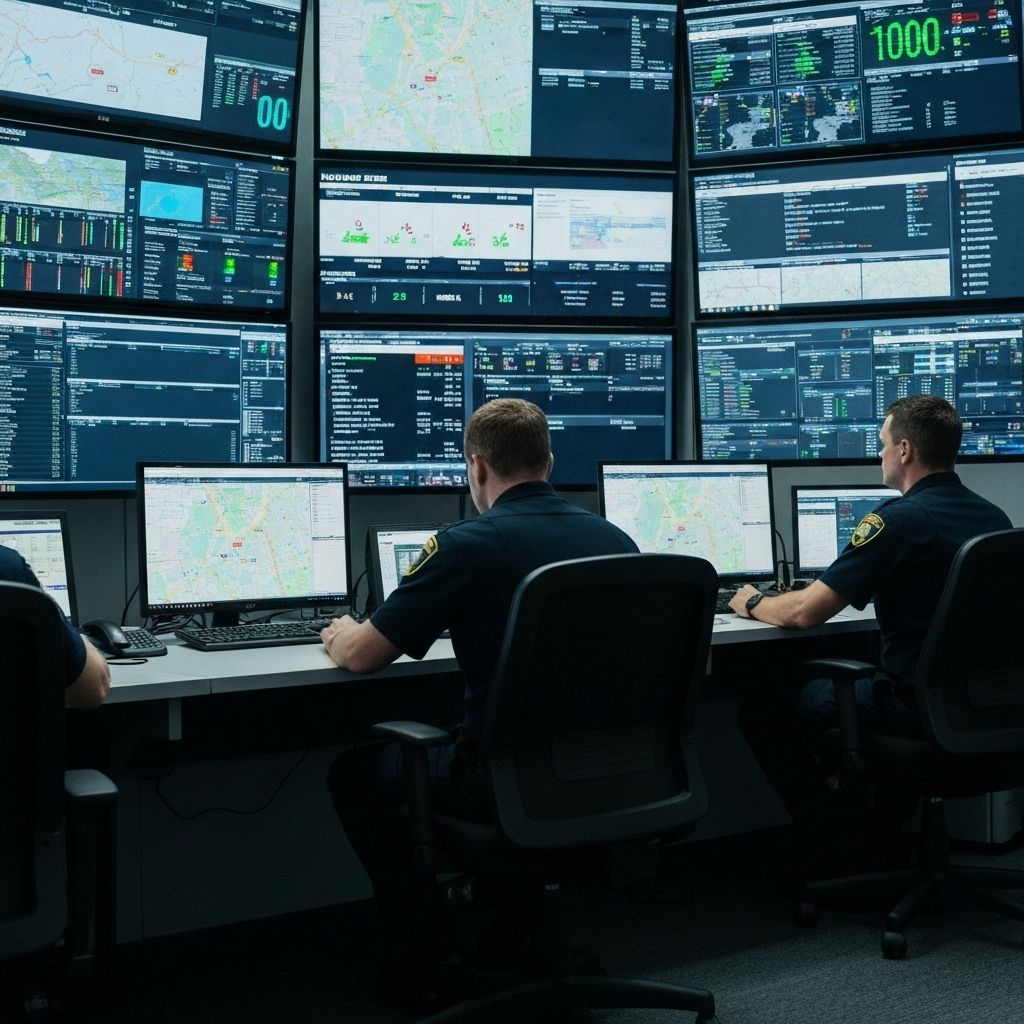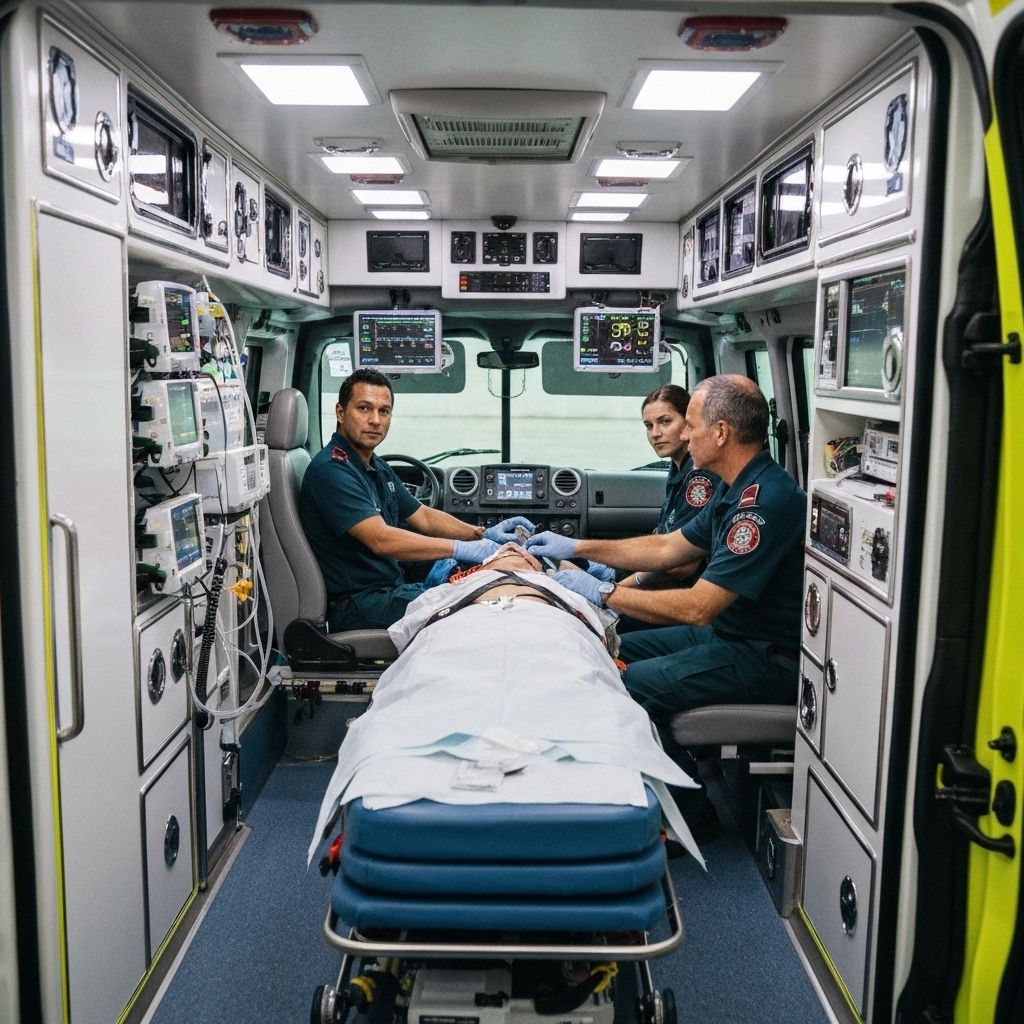Save Minutes Save Lives
Your crews show up knowing exactly what they need. Fewer blind handoffs between dispatch and hospitals. The difference between arriving prepared and arriving too late.

Never Arrive Blind Again
Every second your crews waste hunting for information is a second someone's condition deteriorates. Here's what it feels like when your systems finally talk to each other.
Stop Discovering Hydrants Are Dry When You Hook Up
Radio dispatch says there's a fire. You roll. You arrive. You hook up to the hydrant. No pressure. Now you're moving the truck, hunting for another hydrant, while the building burns and the family waits. Every firefighter has this nightmare.
Your dispatch screen shows live hydrant status before you leave the station. Green means flowing. Red means bypass. The truck routes you to the right one automatically. You arrive knowing. You connect knowing. You fight fire instead of fighting infrastructure.


Stop Driving Past Potholes That Became Sinkholes
Sensors detect the crack on Monday. Your crew gets the report Friday. By then it's a sinkhole, the news is filming, and the mayor's asking why nobody fixed it. You're fixing urgent problems that should never have become urgent.
The sensor flags the crack. The system generates a work order. It routes the nearest crew with the right materials. Fixed Tuesday morning, before it makes CNN. You're maintaining infrastructure, not explaining failures on camera.
Stop Watching ERs Scramble When You Roll In
You radio ahead: "56-year-old male, chest pain, vitals unstable." The ER hears you. But they're not ready. You arrive. They start asking questions. Precious minutes tick by while they figure out where to put him. You know this patient needed that time.
Your monitors stream vitals live to the ER dashboard. They see what you see, when you see it. The cardiologist gets paged automatically. Cath lab is prepped. Room is assigned. You roll in and they're waiting, ready, with a plan. The patient gets those minutes back.

Your Systems Finally Talk to Each Other
No more hunting across five different screens. No more "let me check and call you back." Everything your crews need, when they need it.
Stop Switching Between Systems
CAD says one thing, vehicle tracking says another, facility management has no idea. Vantage connects them all so your crews see one truth, not five versions.
Decisions Make Themselves
Your dispatcher shouldn't be doing mental math to route units. AI handles routing, resource allocation, and staging—your people focus on saving lives, not spreadsheets.
See What's Coming Before It Happens
Weather patterns + historical data + current deployments = AI tells you where the next call comes from. Stage resources there now, not after the phone rings.
Ready to Stop Arriving Blind?
Join the departments where crews arrive knowing, act faster, and save more lives—because their systems finally work together.